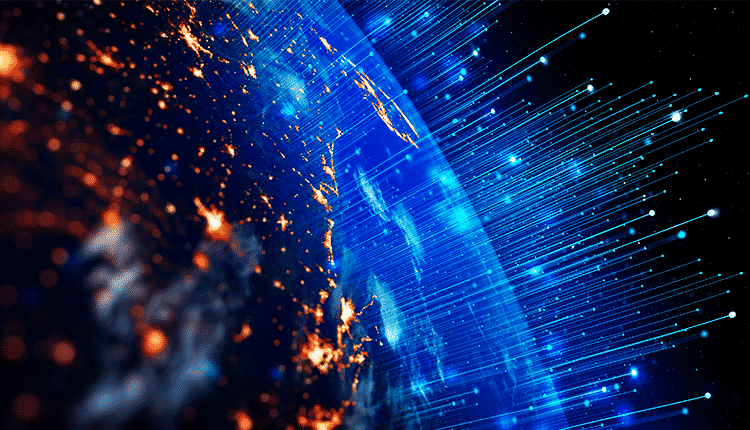
Tech companies now want to solve the electricity problem
One of humanity’s grand challenges is breaking its dependence on fossil fuels and accelerating renewable energy progress. Still, there are many technical problems to solve for that energy to reach hydrocarbons and high-density fuel efficiency.
Besides, there is a wide room for improvement in the way this energy is obtained and stored.
- Check-out Financebrokerage’s Comprehensive Review on HFTrading
Additional problems
The problem is how to achieve that solar energy generated at noon, at its maximum power, be extracted twelve hours later, at night. The same happens with wind energy; the wind force is not constant, so the same amount of electricity is not generated at all times. Current storage is based on the use of classic lithium-ion batteries. If they had to store the planet’s electrical demand, it would be prohibitively expensive and would not make sense.
One way to store that excess energy is to convert it into another fuel, such as hydrogen. The process is extremely simple. The positive and negative poles of a battery are joined with a catalyst. It is immersed in water, and the resulting product is hydrogen and oxygen. The problem is that the catalyst, or the material that has to be put between the two poles of the battery, are rare metals such as platinum, so production with this method is not viable.
The challenge is to find more efficient materials that allow being catalysts in the hydrogen production process. The difficulty is that there are trillions of possible atomic interactions between the 40 known metals. So far, the research uses extensive calculations in simulations with the limited capabilities of computers, which have only managed to “scratch” a meager 0.7% of the possible combinations.
A research project led by Facebook and Carnegie Mellon University seeks to solve the problem of storing energy
In collaboration with the well-known Carnegie Mellon University and Professor Zachary Ulissi’s research team, Facebook Research has launched an open-source database called Open Catalyst 2020. The scientific community can participate in the search for that new catalyst and thus accelerate the investigation. The artificial intelligence of Facebook and its models of machine learning makes it possible to reduce the need to use high amounts of computing for simulations and give access to the use of quantum computing.
The good news is that we are still on time. Solving the problem takes years.
Offering the scientific community databases and AI models for simulations has a double objective. On the one hand, more people can help solve the problem and find the catalyst. On the other hand, it makes a chemical problem accessible to experts and machine learning model researchers. It solves half the problem, achieving better simulation models.


